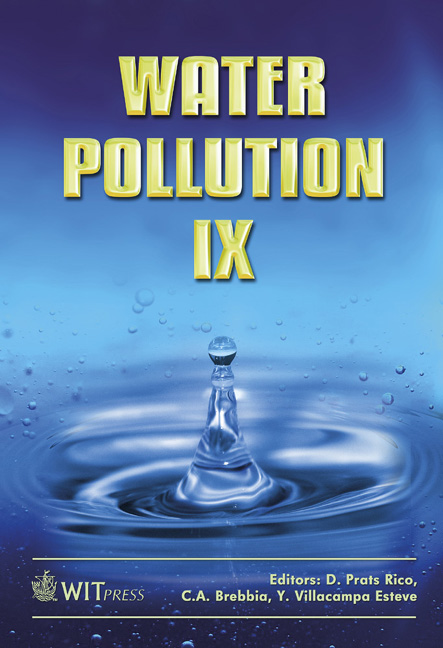Humic Acid Sorption Properties Of Calcium-rich Derivatives Of Neapolitan Yellow Tuff
Price
Free (open access)
Transaction
Volume
111
Pages
10
Page Range
565 - 574
Published
2008
Size
384 kb
Paper DOI
10.2495/WP080561
Copyright
WIT Press
Author(s)
E. Coppola, P. Iovino, S. Salvestrini, S. Capasso & C. Colella
Abstract
With the objective of developing new agents for the removal of humic substances from water, the sorption properties of Ca-enriched Neapolitan Yellow Tuff (NYT), obtained by cation exchange at room temperature or by treatment with CaCl2 at high temperature, were tested. Sorption of humic acids onto NYT samples was evaluated at neutral pH and room temperature by batch sorption tests and dynamic experiments on small columns. The salt-thermal treatment gives rise to samples with higher calcium content and superior sorption ability. For all the samples tested the sorption capacity increased with the contact time between the solid phase and the humic acids solution. The Langmuir parameters of the sorption isotherms and the breakthrough curves recorded by dynamic experiments indicate that high-temperature Ca-enriched NYT exhibits sorption properties higher than that recorded for commercial activated carbon and at least comparable to those of other materials recently investigated. Keywords: water purification; humic acid; zeolitic tuff, Ca-enriched zeolite. 1 Introduction Humic substances (HS) are natural polymers containing aromatic blocks, with a broad molecular weight distribution and high chemical heterogeneity. Produced by biological decomposition of organic matter from plants and other organisms, they account for about 50–80% of the organic matter in water from lakes and rivers and other terrestrial sources. Typical total organic carbon values are 0.5 µg mL-1 in seawater, 7 µg mL-1 in rivers and 25 µg mL-1 in marshes and bogs.
Keywords
water purification; humic acid; zeolitic tuff, Ca-enriched zeolite.





